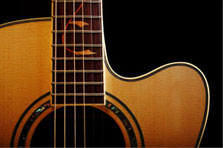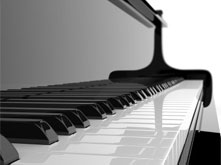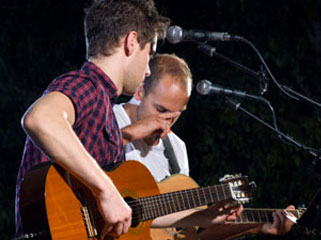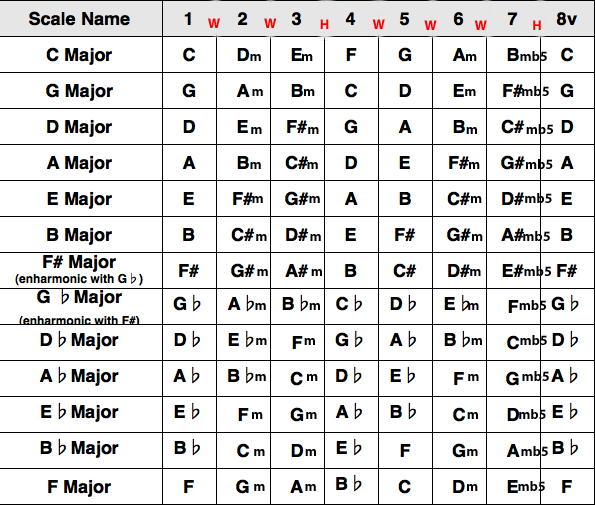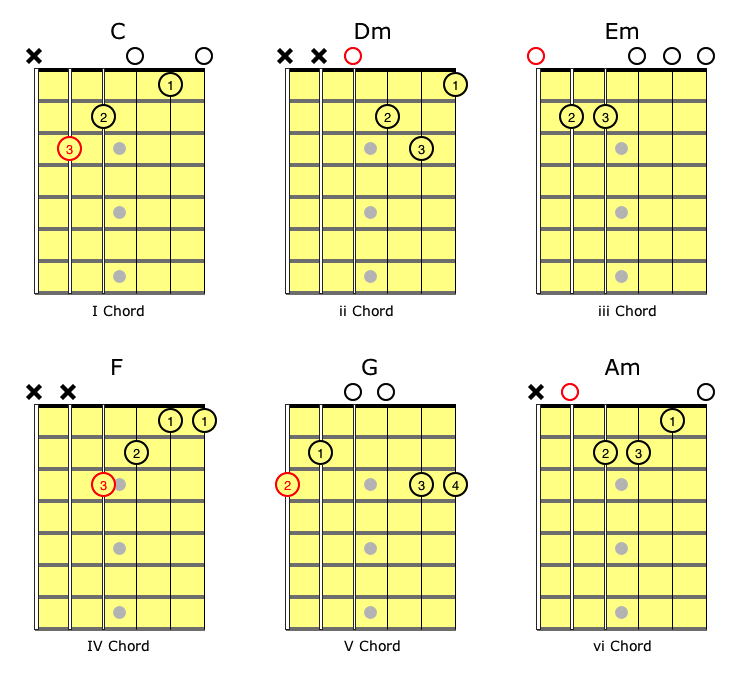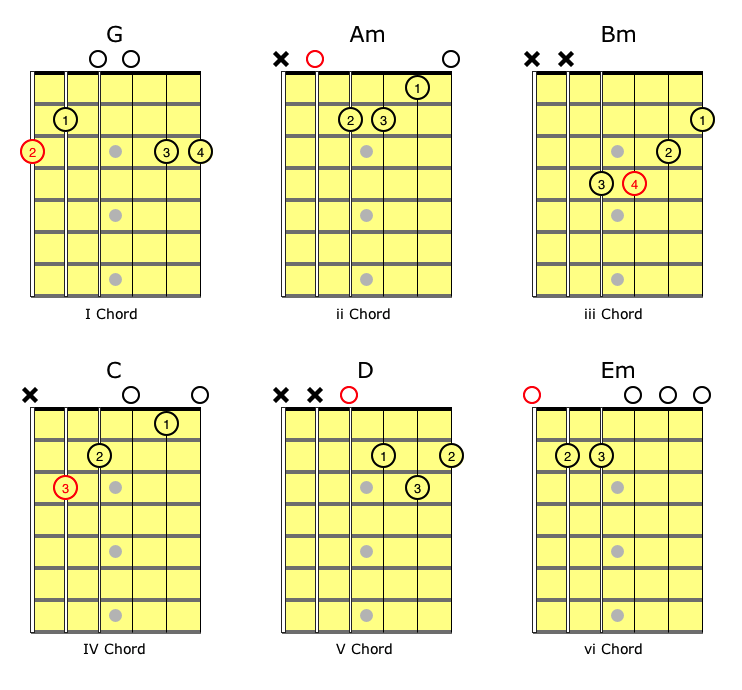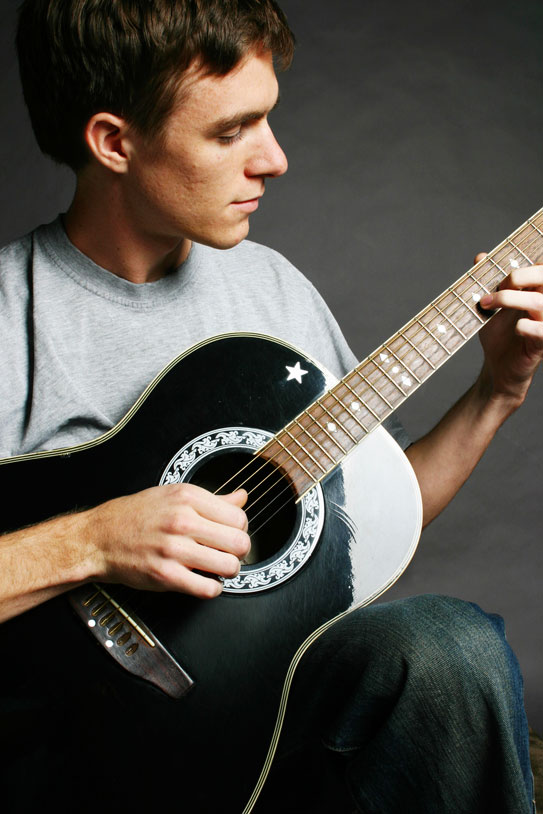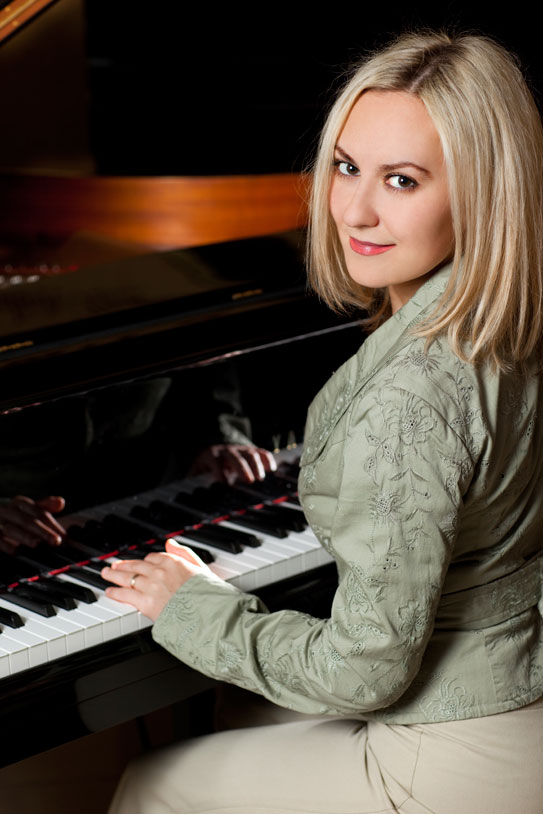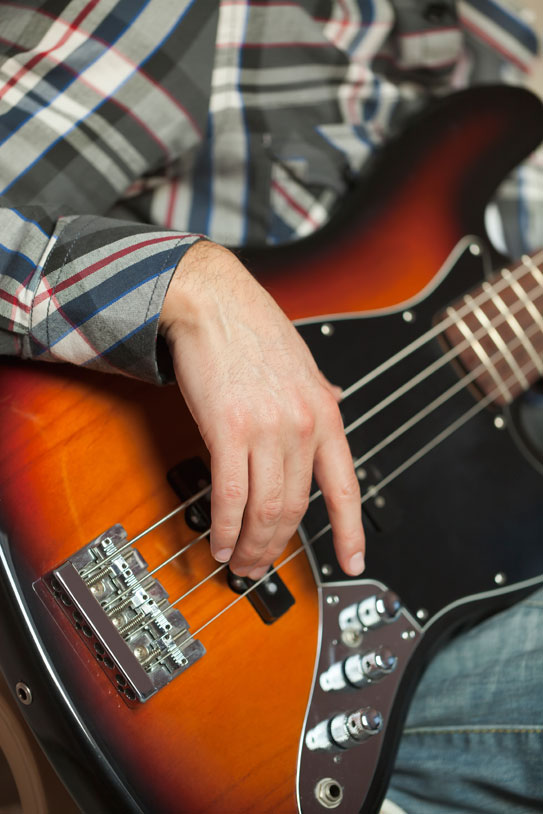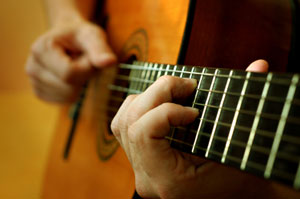
Blog
Aug 06 2015 |
Using A Capo On GuitarBy: Frank Macri Posted in: Guitar Basics A capo is a clamp-like device you attach at a single fret on the neck of your guitar. It covers all six strings and raises the pitch of your guitar one half-step for each fret. For example, if you place the capo on the 2nd fret, the open E string now becomes F# (two half-steps higher in pitch than E). All the other strings also become higher in pitch by two half-steps. The capo serve’s as the guitar’s nut and should be placed just behind the fret. This will avoid your guitar from buzzing and sounding out of tune. Once you place the capo on the fret, count it as fret 0 (example, if you place the capo on the second fret, the third fret will now become the first fret). A common use for a capo is transposing songs to a key that is comfortable in a singers range without having to play difficult chords. Let’s learn how to take the capo and change keys that is better suited for a vocalist’s range. The figure below is a chart displaying the chords in all 12 major keys. Now let’s look at the chords in the key of C major (minus the seventh chord which is rarely used under this application). It’s very simple to take the chord shapes in C major and transpose them to any key. The importance in transposing a song to a different key is knowing the root for the I chord (C) is on the fifth string. Place the capo 3 frets below the root, then play the six chord shapes from the above figure to change keys. An example would be placing the capo on the fourth fret and play the same six chord shapes. The key will now be transposed to E major. The root of the C chord shape is now on the 7th fret/5th string which is E. If you had a chord progression which consisted of C-Am-F-G (I-vi-IV-V) and wanted to transpose it to the key of Eb, which fret would you place the capo on? Well, the note Eb is at the 6th fret on the 5th string so you would place the capo on the 3rd fret which is three frets below Eb. Now the chords have been transposed to Eb-Cm-Ab-Bb (I-vi-IV-V). Lets take the chords in the key of G major (again minus the seventh chord). Use the same concept to transpose chords in the key of G by placing the capo three frets below the root note G. If we examine the progression to Brown Eyed Girl by Van Morrison, the chords G-C-G-D (I-IV-I-V), are coming out of the key of G. Now transpose it to the key of A. The root note A is at the 5th fret on the 6th string. Count down three frets and place the capo on the second fret. Now play the same chords shapes and you will now have transposed the song from the key of G to A using the capo. The chord shapes are still G-C-G-D even though the actual chords being played are A-D-A-E (I-IV-I-V). |
